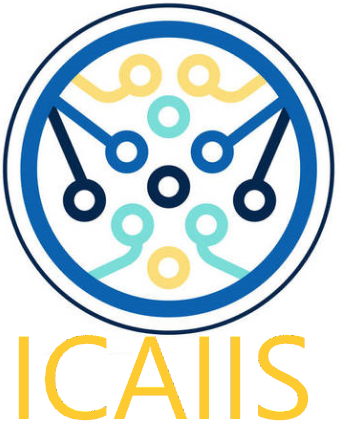
Reviewers Notices
To Make A Good Review, You May Wish To Follow These Steps.
A good review would be one in which the reviewer expresses a unique perspective on the paper and backs himself/herself up with details of the paper's strengths and weaknesses. Therefore, the reviewer should tell the program committee which papers could have a great impact on the field and why. This is the role that reviewers play throughout this process, that is, to identify good papers.But how can you identify good papers? You may wish to follow these steps.
Briefly summarize the paper, which can be as short as a few sentences.Why this is done is not only to tell the PC what the main contribution of the paper is and how the author went about achieving it, but also help author to verify whether the reviewer understood his/her approach and interpretation of the results.
State apoint of view on the main strengths and weaknesses of the paperand specify what makes it a strength/weakness so that the program committee and authors can understand the reviewers' concerns about particular aspects of the paper.This may include a novel formulation, demonstration of feasibility, an original way to use data, a novel application, a particularly strong evaluation, or anything else that is a strong aspect of this work. Provide more details. For instance, if a method is novel, explain what aspect is novel.And if not, explain why.
Describe the clarity of the presentation of the paper, its organization and other stylistic aspects. It is important to highlight out whether the paper is very clear and difficult to read and understand.
Comment on the reproducibility of the paper. Please indicate whether the paper provides sufficient details about the model/algorithm, dataset and evaluation. Please take into account the authors' responses to the reproducibility checklist.
Provide detailed and constructive comments to help authors revise weak papers or expand strong papers into journal versions. Comments should be supported by detailed arguments. It should also list minor issues such as grammatical errors, typos, and other problems that can be easily fixed by carefully editing the text of the paper.
Recommend whether to accept or reject the paper. Considering all the above points, is this paper eligible for publication? Is it a significant advance in the field? Does the paper have a high enough clinical impact to offset a lower degree of methodological innovation? Remember that novel algorithms are only one of many ways to contribute. If you think others in the community would like to learn about it, a paper would be a good contribution. As a guide, please note that CCPQT typically accepts about 40% of submissions.
Provide a rationale for your recommendation. What were the main factors in making your assessment? How did you weigh the strengths and weaknesses? Make sure that the reasons for accepting or rejecting your overall recommendation are clearly stated to the project committee and the authors.
Rank this paper in yourreview stack, which will be used to calibrate the overall rating. Please make every effort to avoid ties.
Have expertise. If your expertise is limited to a particular aspect of the paper, this should be brought to the AC's attention. The review is more likely to be taken seriously if the limitations of the reviewer's understanding are clearly acknowledged.
Please Avoid the Following Matters.
Summarizes the paper perfunctorily and asks several questions about low-level details in the paper.
Expresses opinions that are not based on specific details.
Ask the author to increase the length of the paper significantly. Papers should be evaluated as submitted. Time will not allow the author to add too much to any further derivations, drawings or text.
Behave rudely. A good review should be polite. Just like in a conversation, rudeness is usually ineffective if one wants to be heard.